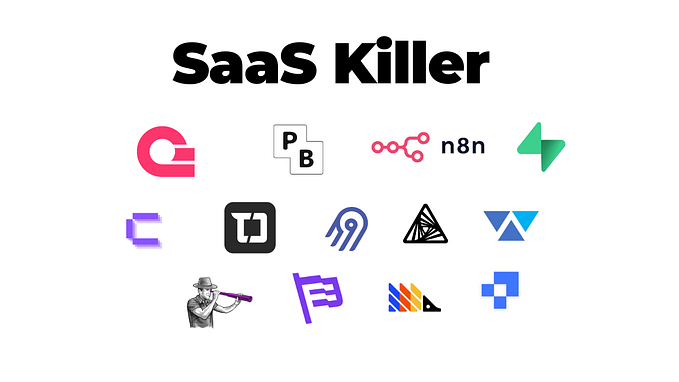Students can use ChatGPT without cheating; here’s how.

Thanks to the widespread availability of AI, the concept of cheating is undergoing a unique shift. One-to-one technology is present in many school districts across the country, which means our students will inevitably access generative AI tools for academic tasks.
So, how can we make sure our students use AI without cheating? Is that even possible?
There’s no doubt that AI tools like ChatGPT and Google Bard can be used to cheat, but they can also be used to transform learning. Generative AI can help students understand complex concepts, brainstorm ideas, boost creativity and critical thinking, and receive guidance — all while upholding high standards for academic integrity.
Generative AI as a muse to unlock inner creativity
Concerns about academic integrity are always valid, but it’s important to recognize one of the most remarkable features of many generative AI programs: Its ability to be a wellspring of creative inspiration.
Take, for example, Google’s new TextFX. TextFX bills itself as a collection of “AI-powered tools for rappers, writers, and wordsmiths,” with tools to help develop similes, evaluate topics through different points of view, generate sensory details about a scene, and more.
Imagine a student facing writer’s block on a creative writing assignment. With the click of a button, AI like TextFX can offer suggestions that help students explore new angles and tickle ideas in their brains. It serves as a virtual brainstorming companion, encouraging creativity and pushing the boundaries of imagination.
In this light, using AI for academic purposes isn’t cheating; it’s using AI as a collaborator that guides students to novel ideas and solutions.
ChatGPT can enhance critical thinking capabilities
Beyond helping students discover their inner creativity, AI can be a valuable catalyst for fostering critical thinking.
For example, a student can feed ChatGPT their original writing and prompt it to analyze the grammar, structure, and clarity of arguments and expression.
Using AI for these purposes is similar to peer or teacher review. As students study feedback and incorporate it into their own writing, they’re actively participating in viewing their work with a critical eye. Self-assessment, in this way, plays a crucial role in developing critical thinking skills.
Generative AI can also take a basic concept or idea and expand it into a more detailed and comprehensive explanation. This encourages students to think deeply about the core principles and related concepts and consider perspectives outside their own.
Similarly, ChatGPT and other AI chatbots can engage students in simulated conversations or debates. This allows them to practice constructing arguments, anticipating counterarguments, and refining their communication skills. In world language classrooms, ChatGPT can personalize conversation practice and so much more.
Generative AI as a brainstorming and organization companion
Another handy, yet ethical, use for AI chatbots in the classroom? They’re great at assisting students when they need help organizing their work.
For example, generative AI can take a jumble of ideas and coherently structure them into outlines and summaries, and even provide brainstorming prompts to get students “unstuck” when starting their writing. These features can be a game-changer for students struggling to structure their thoughts or articulate their ideas effectively!
Generative AI can bring clarity to complex topics
Generative AI, with its natural language processing capabilities, is great at simplifying complex topics.
For example, students can input dense or convoluted information (such as a peer-reviewed science article they’d like to understand for a paper they’re writing) and the AI can distill it into more digestible, straightforward explanations — with some caveats regarding length (AI distills dense information better when it’s in smaller chunks). This process helps break down comprehension barriers, making it easier for students to grasp difficult subject matter.
Generative AI can also come in handy when a student needs to understand less complex, but still potentially confusing, information.
For the full blog post, please see the below link:









